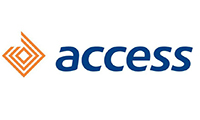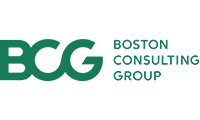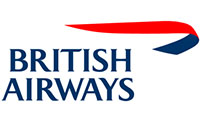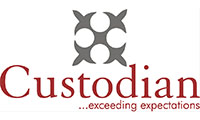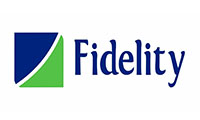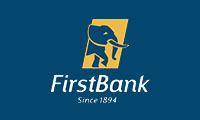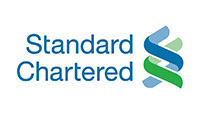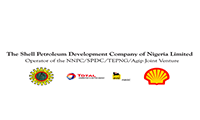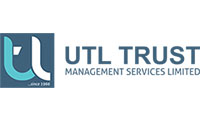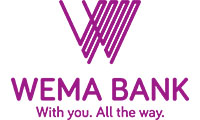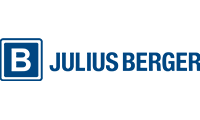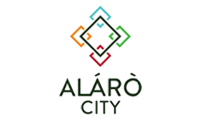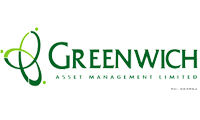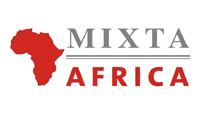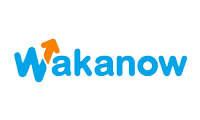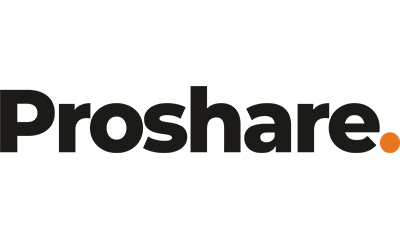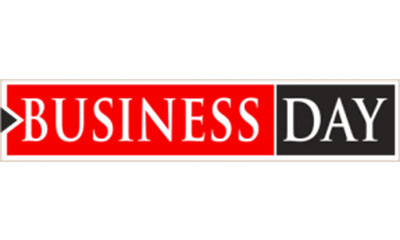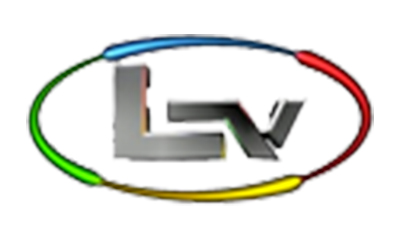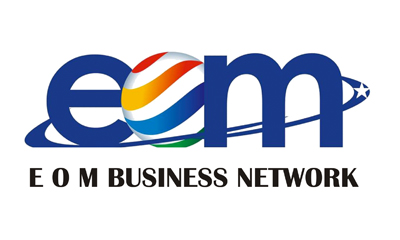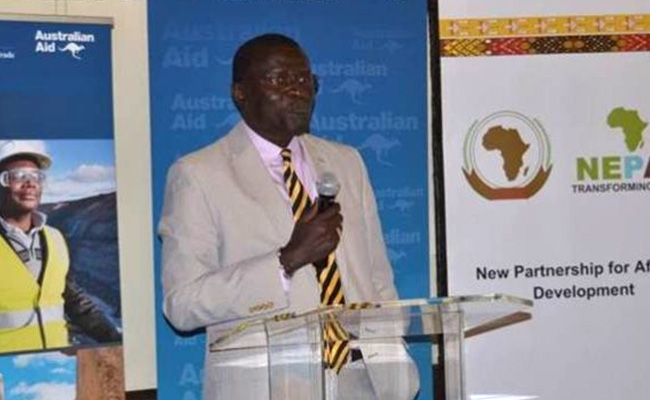
The role of infrastructure in economic development cannot be overemphasised. Therefore, many African countries still lag behind in terms of development because of inadequate infrastructure. Impact investors have played key roles in revamping infrastructure.
The need and opportunity for private investment in Sub-saharan Africa (SSA) infrastructure are great. But significant barriers to scaling up such investment must be surmounted to support economic and, ideally, sustainable development in the region. Through interviews with 11 leading infrastructure investors globally — seven asset owners and four asset managers controlling more than US$1 trillion in assets — we have identified the following key issues that need to be considered by mobilizers, such as Mobilizing Institutional Investors to Develop Africa’s Infrastructure (MIDA), and development finance institutions (DFIS) in trying to crowd in private investment.
The Role of Infrastructure in Asset Owner Portfolios
Diversification — Some investors indicated that SSA infrastructure and real assets constitute “true” diversifiers offering uncorrelated returns. But others felt they could achieve adequate diversification by investing in infrastructure in other emerging markets, such as Latin America and South Asia, achieving a similar outcome with greater comfort around the local regulatory/operating environment.
Risk/return Profile — For many asset owners, infrastructure is positioned in portfolios as an inflation hedging asset and is biased toward “core”- or “core plus”-type assets (for example, completed and revenue generating brownfield assets). The risk/return profile of African infrastructure investments, however, is often more aligned with a growth oriented opportunistic allocation. (Largely because most of the current demand for infrastructure financing in SSA is for debt and equity for new greenfield projects, which can present considerable construction risks.)2 This mismatch means African infrastructure opportunities may have no obvious role within an asset owner’s portfolio.
Aligning With Climate and Sustainability Targets: Increasingly, DFIS and a growing number of asset owners are voicing concerns about the economic consequences of unmitigated climate change and support for successful implementation of the Paris Agreement and the Sustainable Development Goals. Achieving the necessary emissions reductions requires the urgent development of new, low-carbon infrastructure in emerging markets rather than high carbon alternatives. Focusing on positive, measurable progress toward achieving global environmental and social goals — alongside attractive financial and diversification benefits — will be increasingly important in attracting long-term capital to the SSA infrastructure market.
Patience and Long-term Commitment: Most of the investments in infrastructure in SSA are in unlisted assets, due to the relatively underdeveloped capital markets in most of the countries in this region. Unlike most developed market countries, and a few emerging market countries, there are few opportunities for investing in African infrastructure by purchasing liquid stocks and bonds of infrastructure companies, municipalities or projects via public exchanges. In SSA, most infrastructure investments are made directly, in the debt or equity of projects, or indirectly, via unlisted and typically illiquid infrastructure funds run by general partners with the necessary expertise and contacts. Infrastructure project design and development is typically a long-term endeavour irrespective of the market in which it takes place. However, in SSA, due to relatively weak institutional frameworks and capacity, projects can take even longer.
Developing a robust private African infrastructure portfolio that is focused on greenfield opportunities and pays distributions regularly can take many years, requiring both significant patience and conviction in the strategy.
Risk Perception and Reality Gap: Although African infrastructure projects may take longer to complete construction than projects in other regions, these delays don’t typically result in greater default risk. On the contrary, African infrastructure project debt has a lower default rate than similar debt in many developed market regions (for example, North America) and a significantly lower default rate than many other emerging market regions (such as Latin America and the Caribbean).
There is also an improving exit environment. Despite these factors, many investors appear to be dismissive of Africa on the basis of its perceived riskiness, or the returns offered appearing to be inadequate. Evidence suggests investors that have allocated to SSA infrastructure are considerably more positive about the risk/ reward balance than those not already invested.
Regulatory Inhibitors: Although, this challenge primarily impacts a certain type of asset owner — namely, insurers — regulation is notable because of the central role infrastructure assets could increasingly play as liability-matching instruments, especially in life insurer portfolios. At present in the United States, National Association of Insurance Commissioners (NAIC) and state-level regulations apply significant regulatory capital charges to assets invested in private equity or to unrated debt. These charges can be as high as 30%. Since very little greenfield African infrastructure is financed using rated debt instruments, the ability for insurers to invest in this asset class is constrained.
Gaps in Financing: The African infrastructure investment ecosystem is currently being hindered by several gaps in the capital structure.
Commercial debt providers are relatively few in number, resulting in a correspondingly high cost of debt in the market. Moreover, commercial debt providers (apart from DFIS) are typically not willing to provide the long-tenor commitments that are often needed. Interviewees also cited a lack of venture capital-type equity to kick start the development of earlystage/ smaller projects, a lack of truly concessional blended capital from DFIS that could be used to crowd in more private investment and a lack of project refinancing certainty (linked to the relatively small debt market).
Contractor Challenges: In many SSA countries, there is a shortage of creditworthy contractors available to develop infrastructure projects. This increases risks during the development and construction phase.
Asset Owner Bandwidth: Many large asset owners with infrastructure allocations have small internal teams attempting to deploy large amounts of capital. This is especially true in the United States. With limited bandwidth, their ability to perform due diligence for opportunities that might be considered off centre from their mandate is constrained.
Key Opportunities
To address the above issues, several potential solutions were suggested by interviewees that could be readily implemented by MIDA, USAID or similar organizations in conjunction with various investment value chain participants. Some of the potential solutions suggested follow:
Collaborative Investing or Club Deals: To address asset owner capacity constraints and to increase capital flows into the region, arranging asset owner “clubs” could help. In a club deal, a syndication protocol is established wherein one investor leads underwriting of a fund or co-investment for the group, and other, typically smaller investors, follow along with voluntary investments of their own. This structure simplifies the due diligence of following investors and minimizes overall costs, which are shared pari passu between all investors. Such arrangements can be set up either for the financing of a single infrastructure project or on a portfolio basis.
Education on Risk Mitigation: Although perceptions of risk in the African market frequently appears to be elevated above reality, many risk mitigation instruments exist and are regularly deployed by DFIS in SSA. Yet awareness and usage of these tools appeared to be quite low among the asset owners interviewed, including those investing in infrastructure directly. Even where asset owners were familiar with such instruments, scepticism regarding their utility was often expressed. More education around the types and uses of risk mitigants could be beneficial to getting over the risk-perception hurdle. But this education must be coupled with an effort to minimize the time typically required by DFIS to underwrite risk mitigation instruments.
Engaging Local Investors: Facilitating partnerships and co-investment between non-African asset owners and their African counterparts — particularly local pension funds — could aid in overcoming certain infrastructure investment risks by better aligning with the interests of the local government.
DFI Investment Partnerships: DFIS are experts in investing across emerging markets. By partnering with DFIS in African infrastructure funds or deals, uninitiated investors might gain comfort with the region and asset class. Such partnerships can be structured in a variety of ways: with the DFI serving as an anchor LP in a fund, as the GP for a fund or as the lead in a co-investment. Private investors participating in projects alongside DFIS benefit from a “halo effect,” as projects with DFI participation are likely to be treated well by local governments. Moreover, DFIS are, for the most part, seen as “honest brokers” that structure transactions to achieve a positive developmental impact and are not driven solely by commercial interests. This perception also helps DFIS in resolving any disputes that may arise.
Nowhere has this sense of manifest destiny been so deeply rooted in the national psyche as in the United States. There is no denying that many of the Founding Fathers were slave-owners. And yet, they crafted a Declaration of Independence that is timeless in its universal appeal: “We hold these truths to be self-evident, that all men are created equal, that they are endowed by their Creator with certain unalienable Rights, that among these are Life, Liberty and the pursuit of Happiness; That to secure these rights, governments are instituted among Men, deriving their just powers from the consent of the governed; That whenever any Form of government becomes destructive of these ends, it is the right of the people to alter or to abolish it, and to institute new government, laying its foundation on such principles and organising its powers in such form, as to them shall seem most likely to affect their safety and happiness.”
Race unfortunately remains an enduring blot on the American character. And yet, America managed to elect a black man, Barrack Obama, as its president. The American Dream resonates among all its inhabitants as the quintessential land of infinite opportunities for all peoples and races. Because of its commitment to the rule of law, liberty of thought and respect for property rights, however, American grandeur will endure. America will remain unsurpassed in the dominant fields that matter; science and technology, inventiveness, creativity and sheer entrepreneurial energy.
Does Nigeria have a destiny? What are our national ideals and collective purpose as we enter the second decade of our twenty-first century?
(Being the Summarised Text of a Speech at the Haske Foundation Colloquium Held at Yar’adua Conference Centre, Abuja, Saturday 21 March, 2020).



